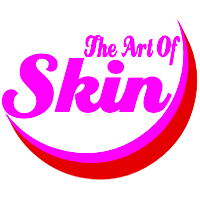Eczema is a condition that makes your skin irritated and itchy. I
Similar Services
Allergic Contact Dermatitis
Allergic contact dermatitis is a type of eczema that causes itchy, red, irritated skin. Its first sign is often itchy skin, followed by a rash and possibly blisters. You can get allergic contact dermatitis when things you touch, or that touch you, annoy or irritate your skin. Did you know that more than 15,000 things that touch our skin can cause an allergic reaction—including fragrances and nickel?
In some cases, people get contact dermatitis when the sun hits their skin. The American Academy of Dermatology gives this example: a bartender may squeeze lemons and limes while indoors and never develop a rash. However, when they squeeze lemons and limes outdoors on a sunny day, a painful rash and large blisters develop where the sunlight hits the skin coated with juices.
Contact dermatitis is not contagious.
Poison Ivy
Poison ivy symptoms almost always include an itchy skin rash, redness and swelling and blisters. The rash is caused by an allergic reaction to an oily resin in the leaves called urushiol. Up to 90% of people who come into contact with poison ivy oil develop an itchy rash. You don’t have to be exposed to much—just 50 micrograms of urushiol, an amount smaller than a grain of salt, is enough to cause a reaction.
How do you identify poison ivy? Each leaf of the poison ivy plant has three leaflets. Consider this rule: “Leaves of three, let them be.” Poison ivy leaves turn reddish in the spring, green in the summer and yellow, orange or red in the fall.
Poison ivy grows as a shrub or a vine. A poison ivy vine is hairy and rope-like. Eastern U.S. poison ivy typically grows as a vine. Western U.S. poison ivy normally grows low to the ground as a shrub. Poison ivy does not have thorns and may have white berries.
Let’s connect.
Have questions? Want to schedule an appointment? Simply complete the form and we’ll get back to you within 24 hours.
